In 2025, the art world is experiencing dynamic shifts, blending technological innovation with a renewed appreciation for nature and personal expression. In addition to trending colors, here are the key trends shaping the artistic landscape this year:
Integration of Artificial Intelligence
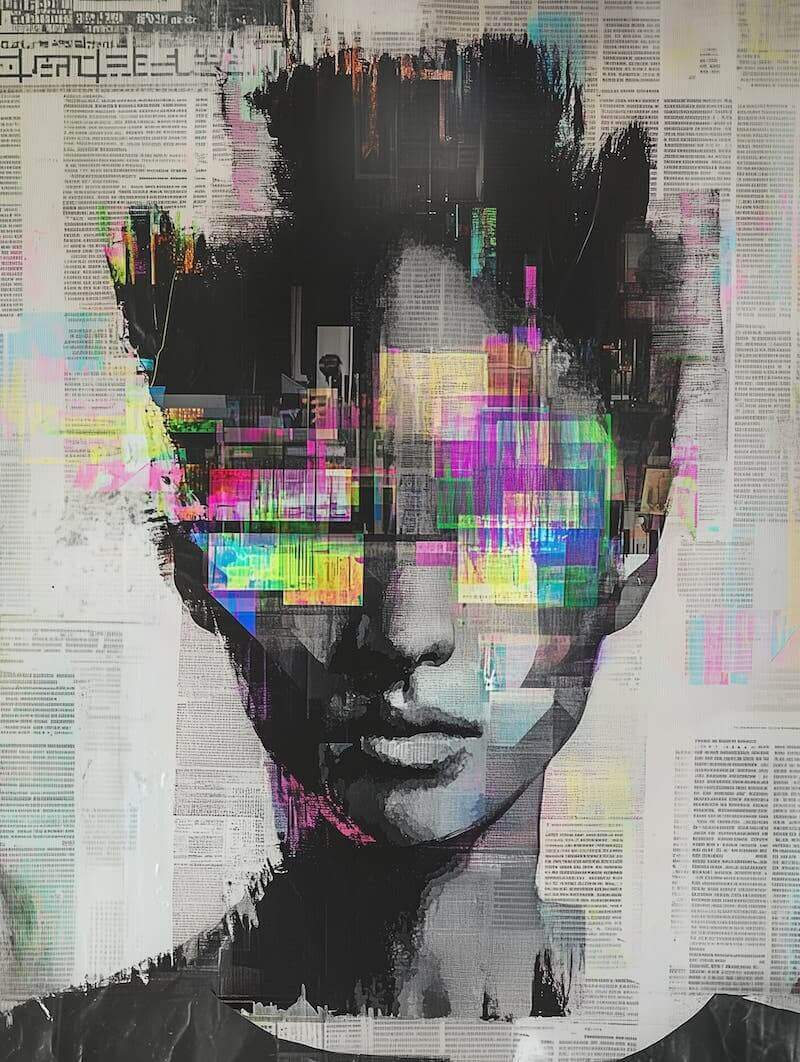
People are increasingly collaborating with AI technologies to push the limits of images. It’s not just about automation; it’s about enhancing possibilities. Many use AI tools to develop different patterns, textures, and compositions, while others explore AI-driven interactive art that responds to viewer engagement.
This fusion with machine learning is redefining the boundaries of expression and opening the door to new experimental techniques.
Nature-Inspired Art
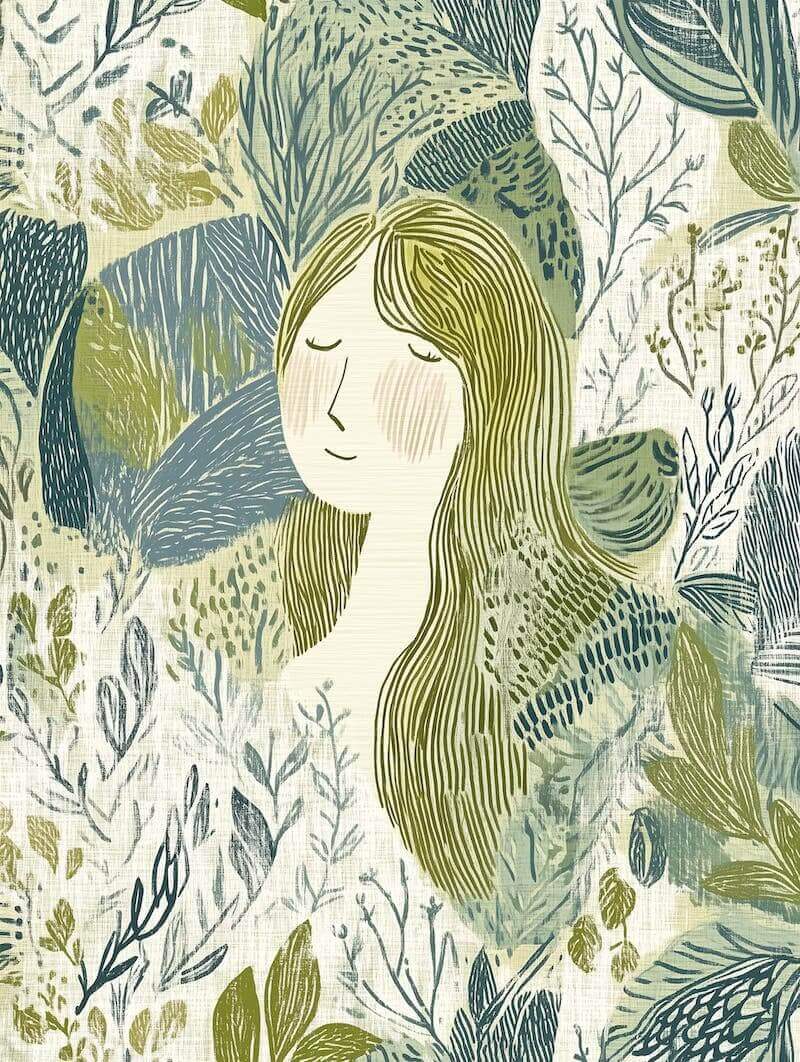
Reflecting a collective desire to reconnect with the environment, many artists are focusing on biophilic themes, incorporating earthy tones, botanical motifs, and natural materials into their work. This trend emphasizes aesthetic appeal and promotes eco-friendly practices within the art community.
Nature-driven art, which uses reclaimed wood and sustainable dyes, depicts breathtaking landscapes and organic abstractions, bringing an element of serenity and mindfulness to contemporary interiors.
Revival of Retro and Vintage Styles
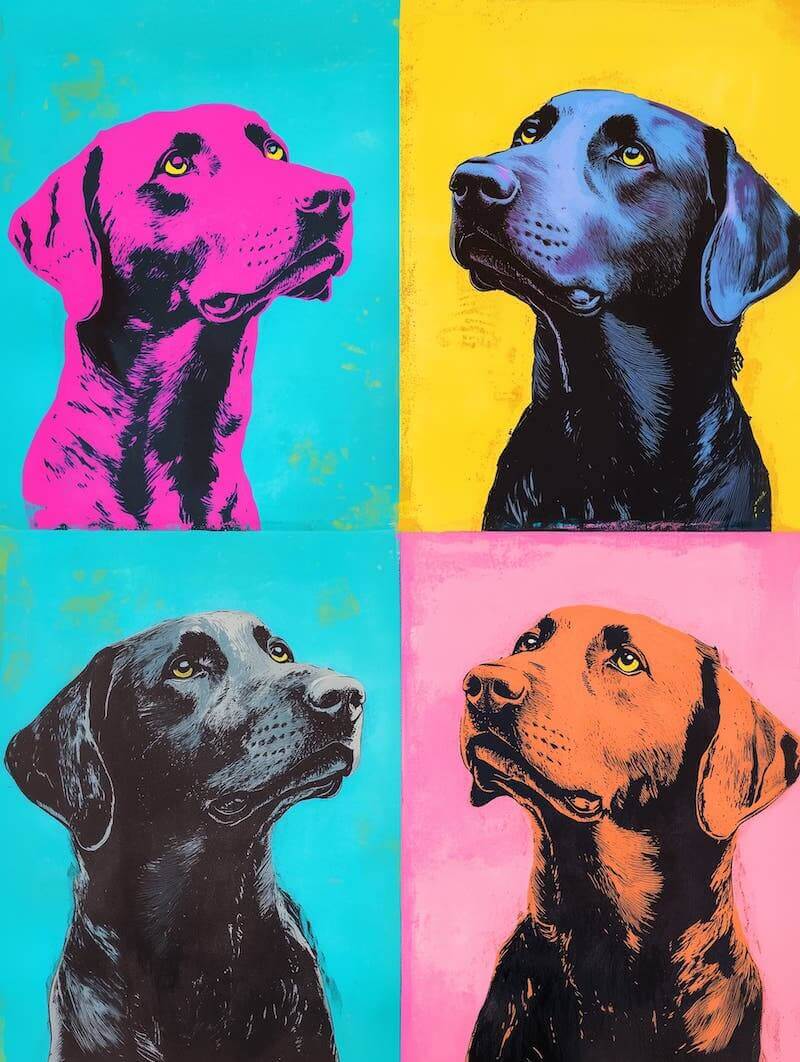
Nostalgia plays a significant role in 2025’s art scene, with a resurgence of retro and vintage-inspired creations. Artists are revisiting mid-century aesthetics, offering contemporary interpretations that blend familiarity with modern sensibilities.
From pop art influences to abstract geometric designs reminiscent of the 1960s and ‘70s, this revival provides comfort and a sense of continuity amidst rapid change. The trend celebrates iconic motifs while infusing them with a fresh, updated approach suited for modern tastes.
Emphasis on Personalization and Emotional Connection
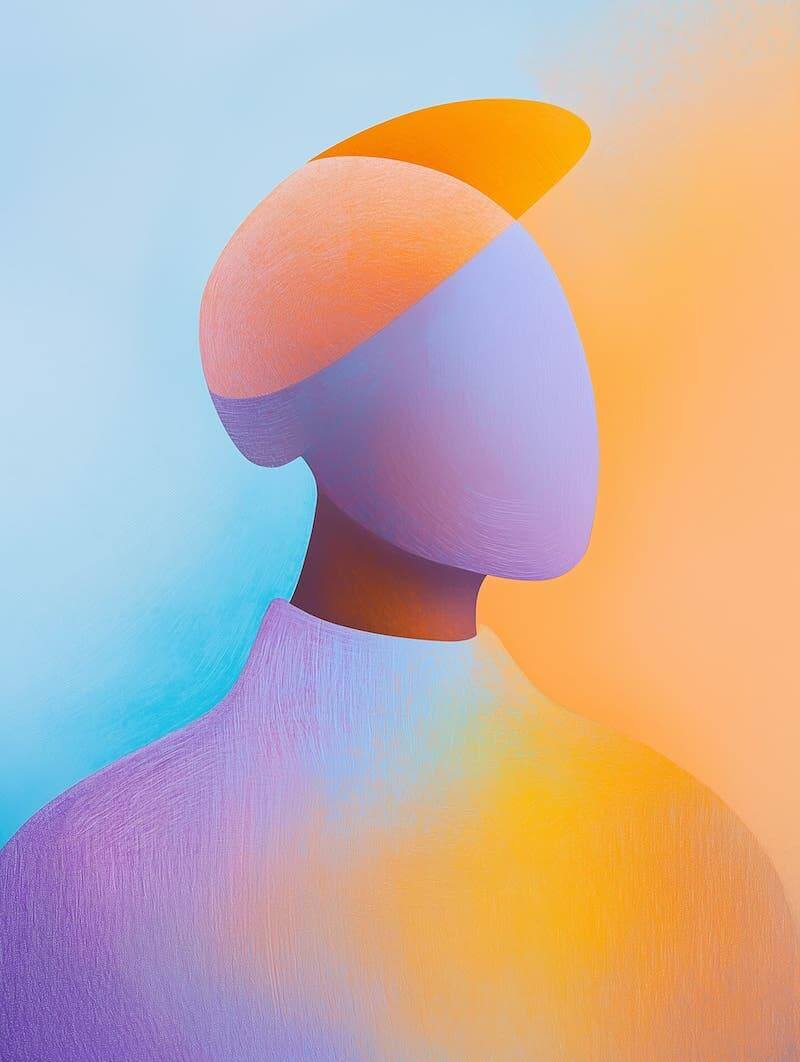
Art collectors and enthusiasts gravitate toward pieces that resonate personally, seeking works that reflect individual experiences, values, and stories. This shift has led to a demand for customized and bespoke artworks, transforming art into a medium of personal expression and connection.
Whether through portrait commissions, DIY wall art, text-based art featuring meaningful quotes, or artwork inspired by personal memories, the focus is on creating deep, sentimental connections between the viewer and the piece.
Emergence of Phygital Art
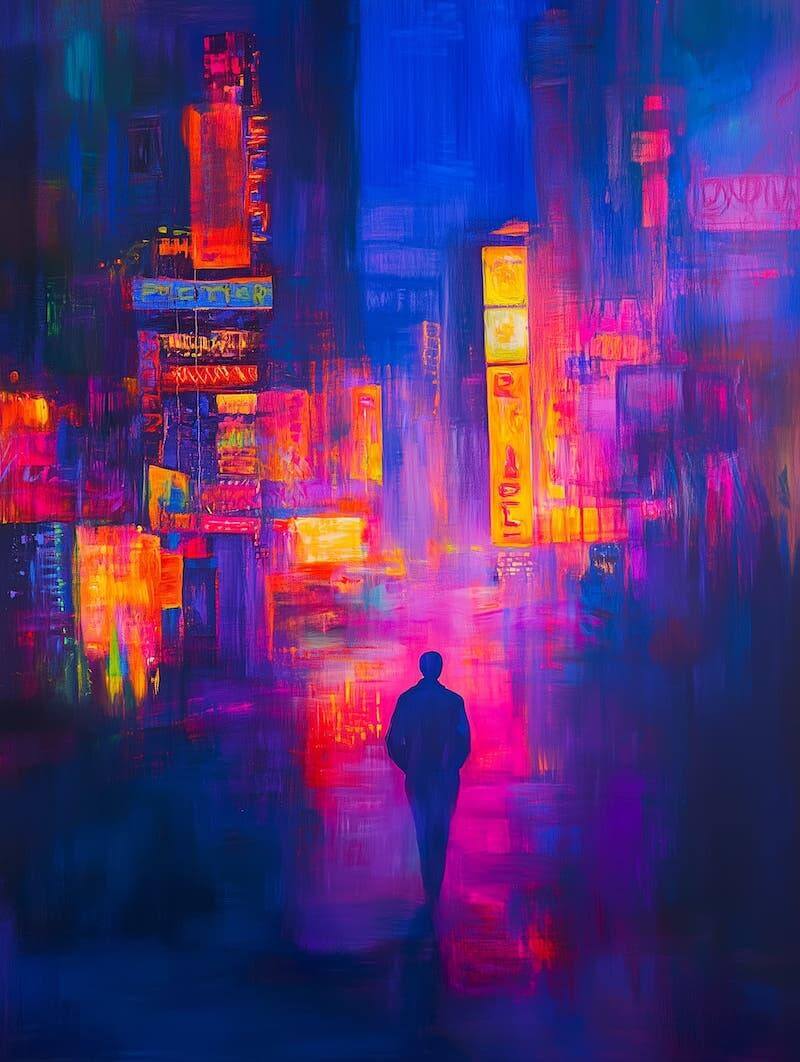
The convergence of physical and digital art forms, known as phygital art, is gaining momentum. By blending tangible artworks with digital elements, artists create immersive experiences that challenge traditional perceptions and offer innovative ways to engage audiences. For example, restaurant murals might include QR codes for customers to interact with, pulling up webpages that delve deeper into the restaurant’s story or reveal information about the artist.
Augmented reality (AR) and blockchain-backed digital art are becoming increasingly popular, allowing collectors to own unique digital and physical iterations of a piece. This hybrid approach revolutionizes how art is created, experienced, and owned.
Focus on Sustainability and Eco-Conscious Practices
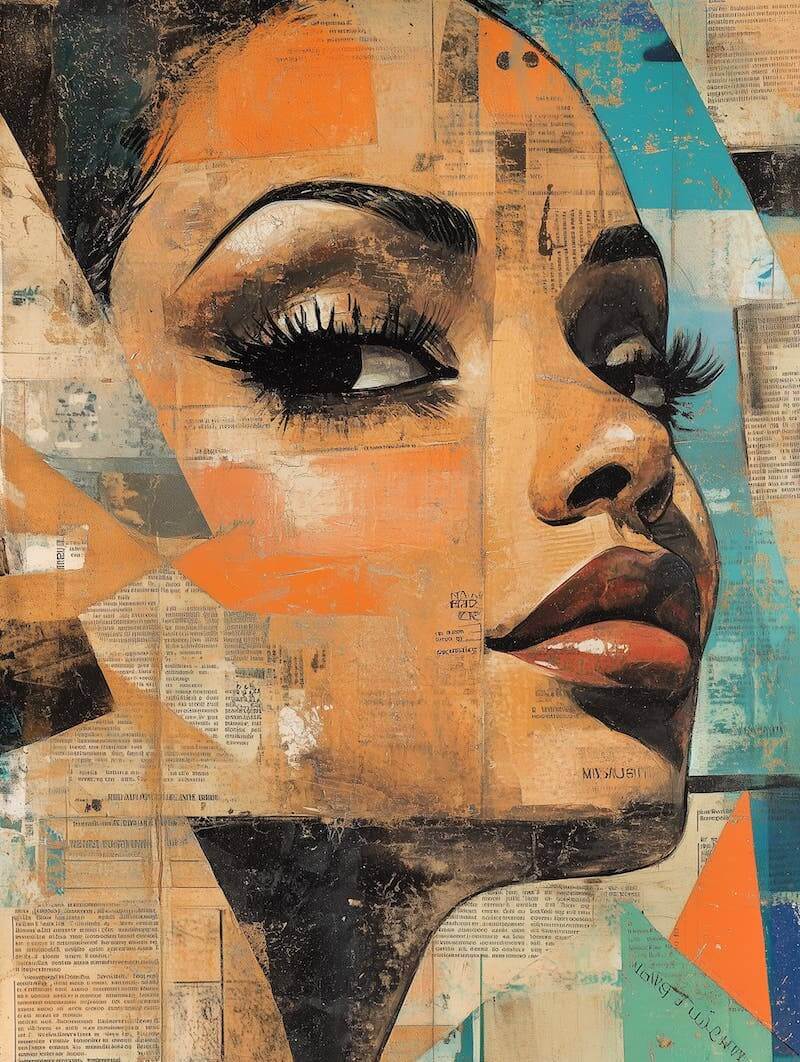
Environmental awareness is influencing artistic practices, with a growing emphasis on sustainability. Artists are exploring eco-friendly materials, upcycling, and themes that highlight the importance of environmental stewardship, reflecting a broader cultural shift toward sustainability and evolving hand-in-hand with nature-inspired art.
From using recycled canvases and non-toxic paints to creating works that raise awareness about climate change, sustainability in art is no longer just a trend—it’s an imperative movement driving change in the industry.
Revival of Craftsmanship and Traditional Techniques
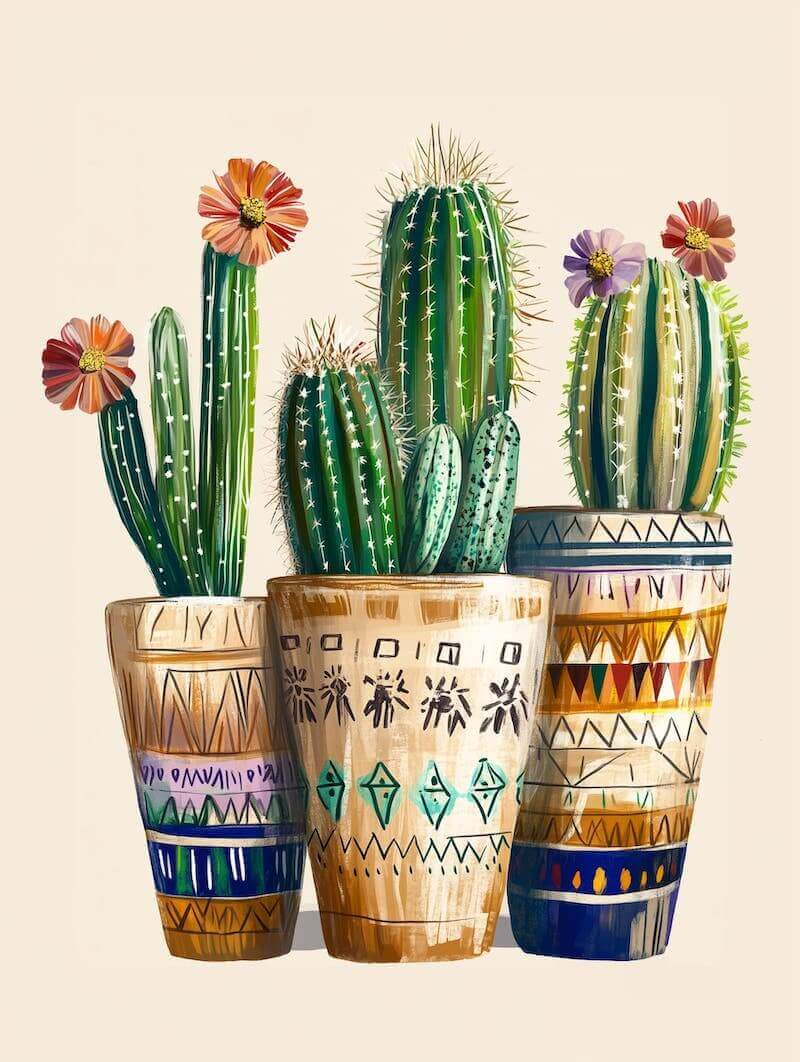
There’s a renewed interest in traditional craftsmanship in response to the digital age. Artisans are embracing time-honored techniques in ceramics, textiles, and other mediums, valuing the tactile and authentic qualities of handcrafted works. This trend underscores a desire for authenticity and a connection to cultural heritage.
Whether through intricate embroidery, handmade pottery that fits perfectly in a Pueblo-style home, or revival of ancient fresco techniques, traditional art forms are celebrated and reimagined for a contemporary audience.
The Future of Art in 2025 and Beyond
As we move through 2025, the art world continues to evolve, blending technology with tradition, sustainability with innovation, and personal expression with global influence. Collectors and enthusiasts seek pieces that resonate emotionally and intellectually, emphasizing connection and meaning.
The year’s artistic movements highlight a balance between nostalgia and progress, proving that art remains a powerful reflection of culture and human experience. Looking ahead, these trends suggest a dynamic future in which art continues to challenge, inspire, and adapt to the world around us.




